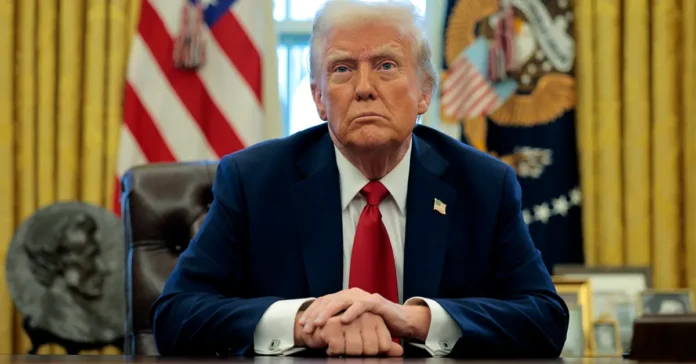President Donald Trump hinted at potential “methods” to bypass the constitutional restriction barring U.S. presidents from serving more than two terms. While he stopped short of outlining specific plans, Trump insisted he was not joking about the possibility—raising concerns about his willingness to challenge democratic norms.
When pressed on how he might extend his tenure beyond a second term, Trump vaguely referenced “methods” that could circumvent the 22nd Amendment, which explicitly prohibits presidents from being elected more than twice. Some Trump allies have floated a speculative loophole: if Trump ran as vice president in 2028, his running mate could resign after inauguration, allowing him to reclaim the presidency via succession.
However, legal experts swiftly dismissed the idea. Election law scholars noted that the 12th Amendment bars anyone constitutionally ineligible for the presidency from serving as vice president. “There’s no ‘one weird trick’ to bypass term limits,” one legal analyst told the Associated Press.
Despite the legal hurdles, Trump teased other unspecified avenues, saying, “There are others too.” When asked for details, he refused to elaborate but reiterated, “I’m not joking.”
Some Republicans have entertained the idea of extending presidential term limits. A GOP lawmaker introduced a resolution in January proposing a constitutional amendment allowing non-consecutive third terms—a move that would only benefit Trump, given his 2016 and 2024 wins. Yet, even within the GOP, support is scarce. One Republican senator rejected the notion, stating, “I’m not changing the Constitution unless the American people choose to.”
Amending the Constitution requires a two-thirds majority in Congress and ratification by three-fourths of state legislatures—a near-impossible bar given current political divisions. The 22nd Amendment was ratified in 1951 after Franklin D. Roosevelt’s unprecedented four-term presidency, ensuring no future leader could consolidate power indefinitely.
For deeper political analysis, visit DC Brief.


